Things So Faint But Real –– Contemporary Japanese Photography
The goal of the Tokyo Photographic Art Museum’s fifteenth exhibition of contemporary Japanese photography, this time titled Things So Faint But Real, is to showcase photographers who “create from their individual perspectives, while conscious of their relationship with society”. It is fair to say that the event is a success in these terms. The turbulent environment facing society––be it political instability, increasing economic disparity, or delayed advances in LGBT and other minority rights––is the backdrop against which these artists have set their works. Taken together, their photographs close in on questions of “certainty” to show us a navigation of sorts through these tumultuous times.
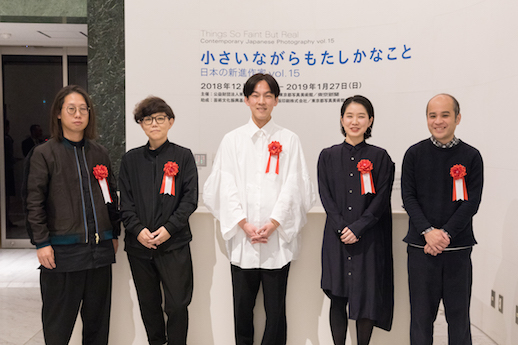
Eiki Mori questions the composition of the family from both a public and personal perspective in his series ‘Family Regained’. Mori uses a self-timer to shoot images of himself in poses with families, including couples and children at home and outdoors. These “family portraits” printed in red are akin to memories being born, faint in passing but also real in their capture. A gaze both private and public is felt. When observing the fragmented, creatively imagined “memories” of Mori’s works, we come to question traditional frameworks of family. This theme is further investigated in three films. One of them, Family Regained – The Picnic (2017) follows Mori, another man roughly his age and a young boy around Ikebukuro as they ask people to take photos with their camera. (They are dressed in matching outfits designed for Mori by the Malaysian brand Moto Guo). These videos blend the reality specific to film with moments captured by photographs and allow us to see how society interacts with this new family’s structure. The fact that the work is set in Toshima is deliberate, given that this Tokyo ward only recently recognised same-sex partnerships (Shibuya Ward did so in 2015).
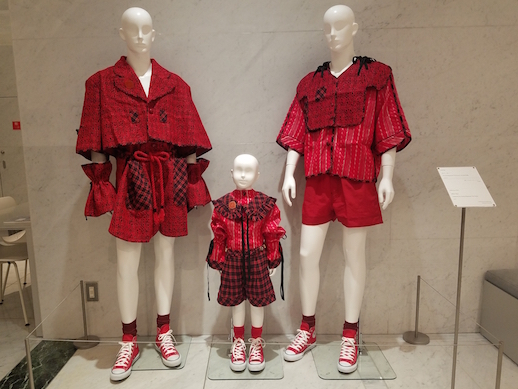
Mayumi Hosokura shows us different sides of Kawasaki, an industrial district now facing economic and demographic pressure much like the country itself. Hosokura originally took the exhibited photographs for Cyzo, a monthly magazine that sent her and writer Ryo Isobe to cover Kawasaki from January 2016 to April 2017 with a focus on the city and its youth culture. These photos have been published in the magazine, a book and a photobook, and are now repurposed for this exhibition free of accompanying texts. The absence of explanation liberates the photos from a specific place and allows Hosokura’s photography to stop time––the people portrayed will be forever young.
Fumi Ishino’s photographs operate in the area where our perceptions arising from vision and language waver. The title of his series ‘Melon Cream Soda Float’ (2017) speaks to this uncertainty and connects to his experience growing up in Japan but living in the US through images of the melon soda float––a popular cafe drink/desert in Japan––and a cream soda, a typical US drink. Ishino operates in this “perception gap”, with its unsettling juxtapositions of objects, angles and colours, asking the viewer to question everything and create stories about how these scenes came about, solidifying their existence.
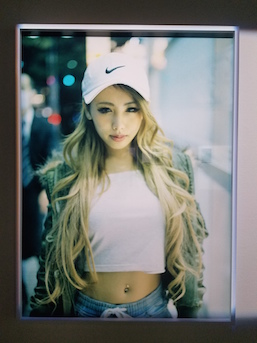
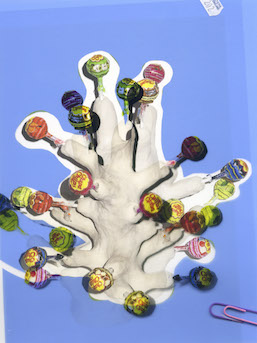
Futoshi Miyagi addresses identity and intimacy through his ‘Sight Seeing’ series of photos and videos. Visiting men’s homes at night, Miyagi would turn out the lights and take long-exposure shots. Between them, the subjects would make small talk that Miyagi recorded. As one stands and listens to these voices in the dark, their pronouncements come across as profound, such as when one participant discusses discrimination against Japan’s Ryukyuan population. By watching, we gain an understanding of how people connect to one another, and the different outlooks on life make us contemplate our existence as something both concrete and imagined, both faint and real.
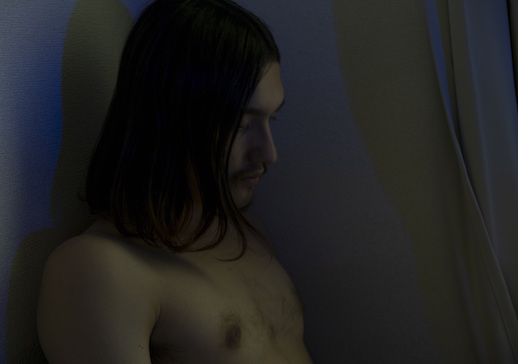
Tomoko Kawai questions human nature through works photographed on the streets of Berlin. Her ‘On the Origin of Springs’ invites us to discover uncertainties and connections through photography, film, architecture, literature and history. Sweet Life: https://casinoplay.com.ua/medved-i-pchely/ The title comes from a treatise by 17th century French scientist Pierre Perrault that laid the foundation of modern scientific thought regarding the water cycle. Kawai’s multi-disciplinary approach, which intersplices scenes of water, asks us to contemplate the rhythm of nature and the bodily experience as it pertains to the ancient city of Berlin and its changes over time. The concept is exemplified by a photo of statues on Karl Friedrich Schinkel’s Palace Bridge surrounded by massive construction cranes.
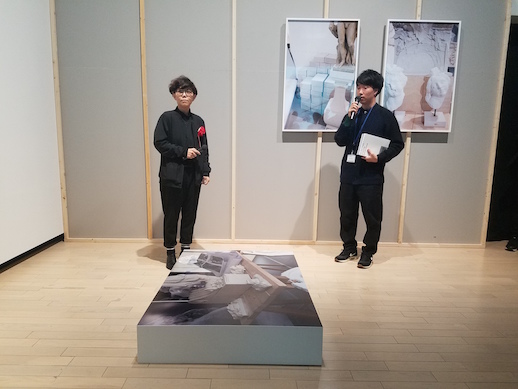
These five artists have used their personal viewpoints, identities and realities as keys to creating their works. Photography, through its documentary power, can spotlight the overlooked. However, despite bringing this semblance of reality, photographic images are ambivalent, neither representing the whole nor guaranteeing anything. They often say precious little about what might be.
Mac Salman
Mac Salman



